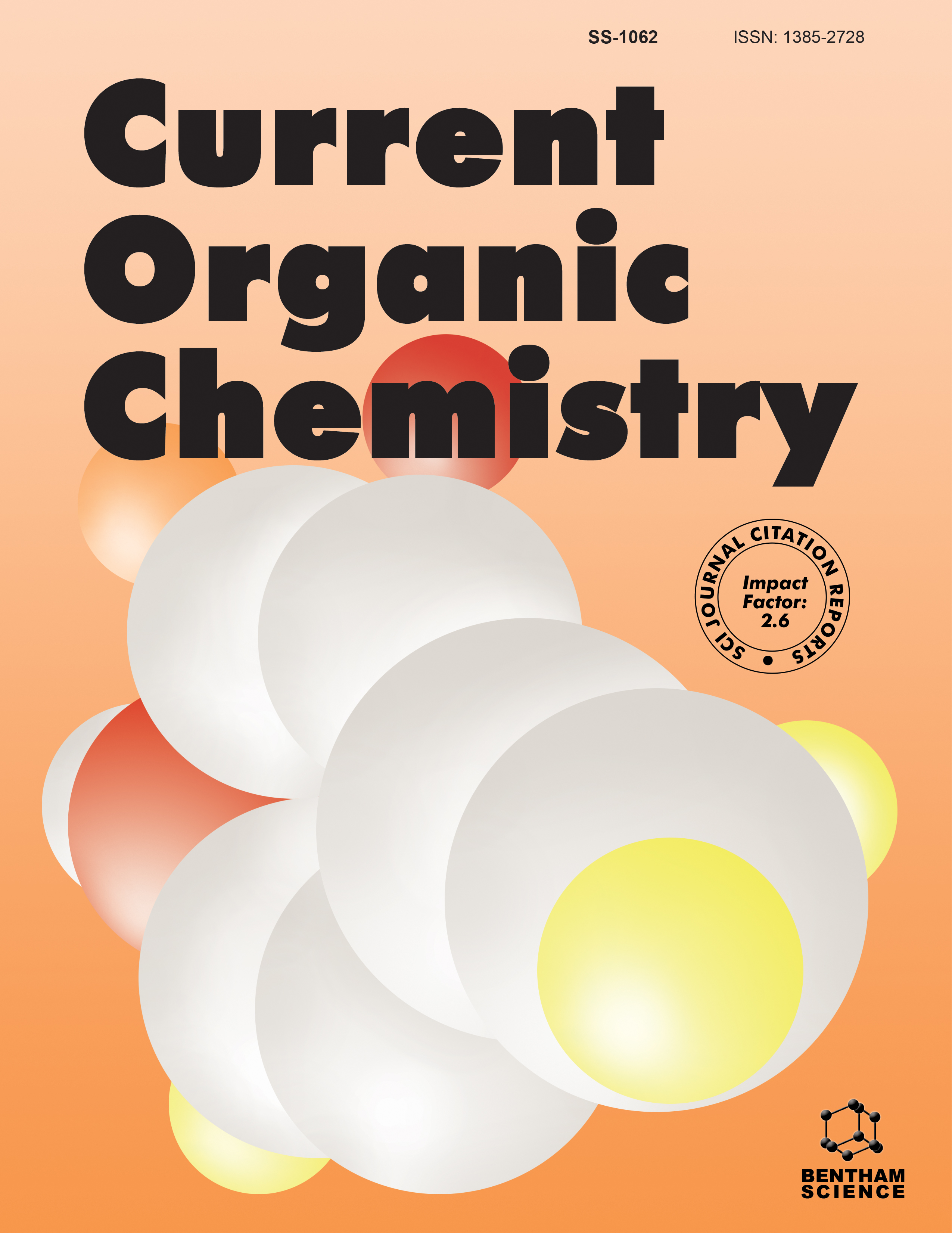-
oa Editorial [Hot topic: Molecular Simulations in Organic Chemistry (Guest Editor: Carlos Silva Lopez)]
- Source: Current Organic Chemistry, Volume 14, Issue 15, Sep 2010, p. 1523 - 1523
-
- 01 Sep 2010
- Previous Article
- Table of Contents
- Next Article
Abstract
This special issue is aimed to illustrate the key advances provided by the synergy between modern computational methodologies and experimentation in organic chemistry. The recent history of computer development and engineering has confirmed Moore's law, which states that the processing power of computers increases in an exponential rate. Such progress has allowed a revolutionary qualitative transition from simplified models that helped understand observations to simulations that accurately predict the outcome of experiments. The complexity of the chemical problems that can be tackled by computer simulation is rapidly increasing and the size of molecules that can be modeled has rapidly grown from the humble diatomics to the exciting new fields of biomolecules or nanoscale materials. In this thematic issue nine reviews are presented in which the state of the art in the intersection of computational simulation and experimentation in organic chemistry is displayed. Renowned specialists in the field present a personal and thorough perspective on several topics where interplay between computation and experiment is essential. Prof. Cremer opens this special issue with a comprehensive study on how molecular vibrations affect the chemical bond properties, ultimately defining transition states and reaction mechanisms. Prof. Tantillo expands on the ubiquitous Nazarov reaction and illustrates yet another case of profitable interaction between experiment and computation. The peculiar electronic properties of the transition states of double group transfer reactions are presented by Dr. Fernandez and Prof. Cossio. Prof. Wentrup provides a broad and thorough revision of the chemistry of the cumulene carbon, including rearrangements of allenes, ketenes, isocyanates and other derivatives, allying simulation and bench work. Prof. Yañez defies our chemical intuition with striking results of acid-base chemistry in the gas phase that challenge conventional wisdom. Dr. Alonso-Gómez offers a detailed, didactic, tutorial-review on how to employ NMR, ECD, VCD, and ORD spectroscopy and molecular simulations to determine relative and absolute configurations in natural products. Expanding on this same line, Prof. Norrby introduces his Q2MM methodology, and its application to predict stereoselective reactions. Dr. Silva shows results on the development of novel synthetic tools from iteration between experiment and molecular modeling. Finally, Prof. Birney closes this special issue describing situations in which sequential transition states can be found along the mechanism of an organic transformation. The kinetic consequences of these rare potential energy surfaces are discussed. Given the quality of the articles and the commitment of all the authors to make a remarkable contribution to this compilation it has been a great pleasure to edit this special issue of Current Organic Chemistry. I hereby thank all the authors for their collaboration in the assembly of this issue that I hope it reaches the broad organic community and motivates new joint ventures between experimentalists and computational organic chemists.


